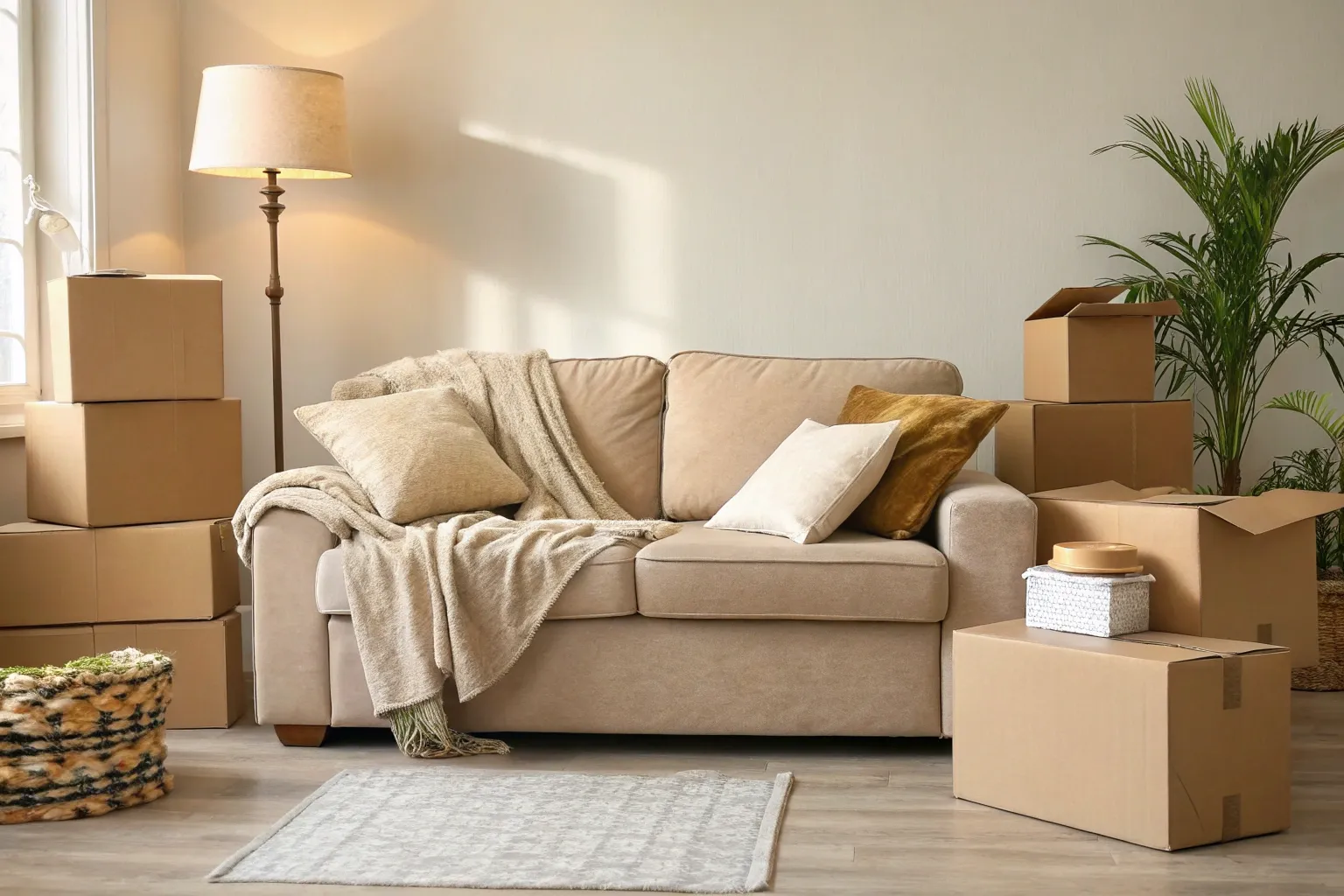Your home is full of potential—even if it currently feels like a maze of cardboard. We’ll walk you through unpacking, settling in, and instantly improving both interior and garden spaces. You’ll find practical strategies, step-by-step checklists, and real-world examples you can adapt today.
1. Focus on the Essentials First
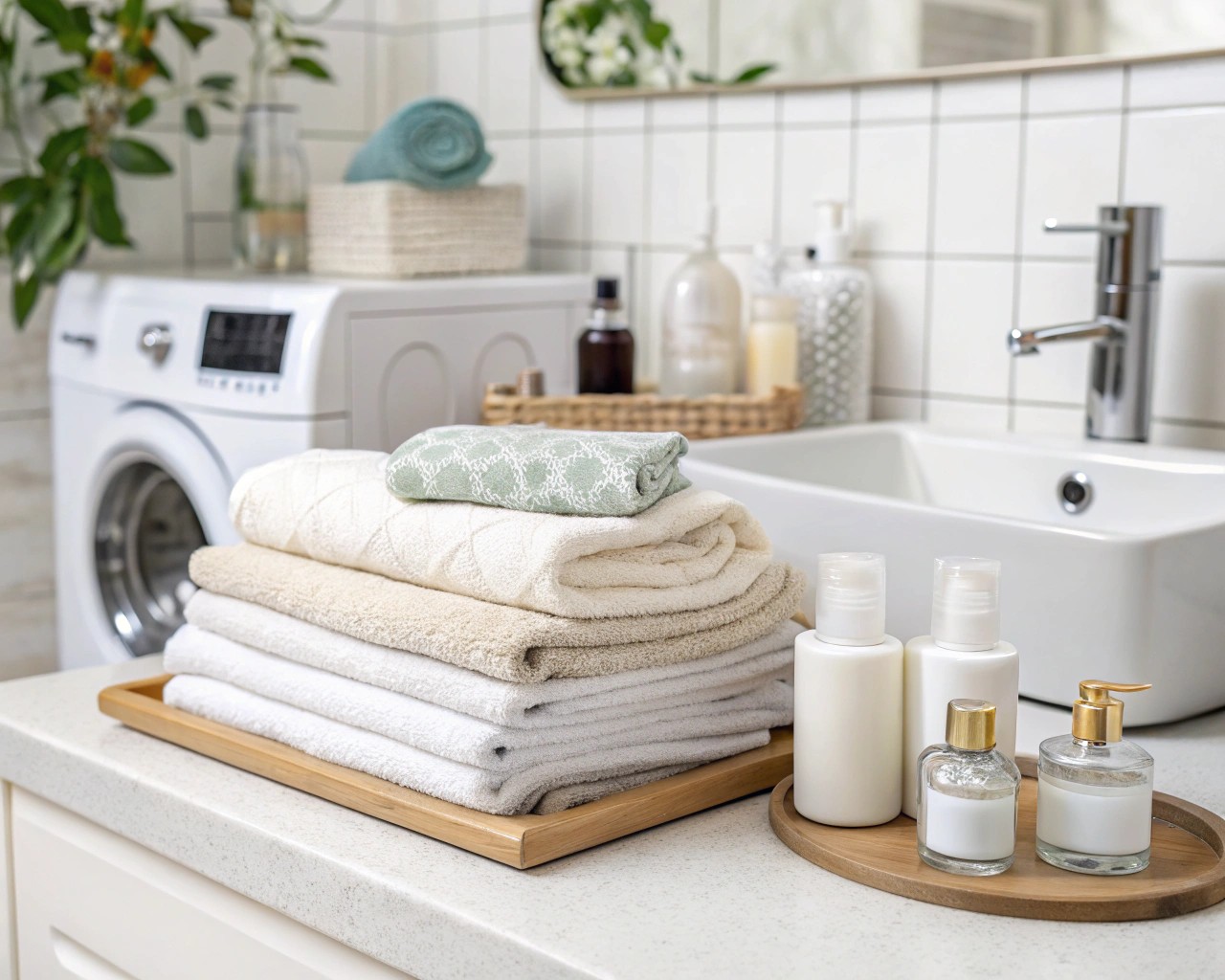
You need a functioning home before styling it.
Priority Rooms Checklist
| Room | Key Tasks |
|————-|—————————————————————————-|
| Kitchen | – Unpack “essentials” box (utensils, plates, kettle, coffee) – Map cabinet layout before unpacking |
| Bedroom | – Assemble bed and linens – Arrange bedside table, lamp, alarm clock |
| Bath & Laundry | – Set up toiletries, towels, detergents – Test plumbing, shower, washing machine |
| Living Room | – Position sofa & media unit – Flatten boxes immediately to free floor space |
Why This Matters
Starting with these rooms ensures you can cook, sleep, and clean from day one—reducing stress and creating “home” anchors we return to throughout the unpacking process.
2. Systematic Unpacking: One Room, One Box at a Time
- Label boxes by room and contents (e.g., “Kitchen – Utensils,” “Bedroom – Linens”).
- Work box-by-box: open, unpack, and recycle before moving on.
- Use a staging area for donation/recycle items—remove them promptly.
Example Layout Plan
1. Sketch rough floorplan on paper or a free app.
2. Place furniture footprint (sofa, bed, table) to optimize flow.
3. Adjust as needed once major pieces are in place.
3. Immediate Comfort: Create a Calm Retreat
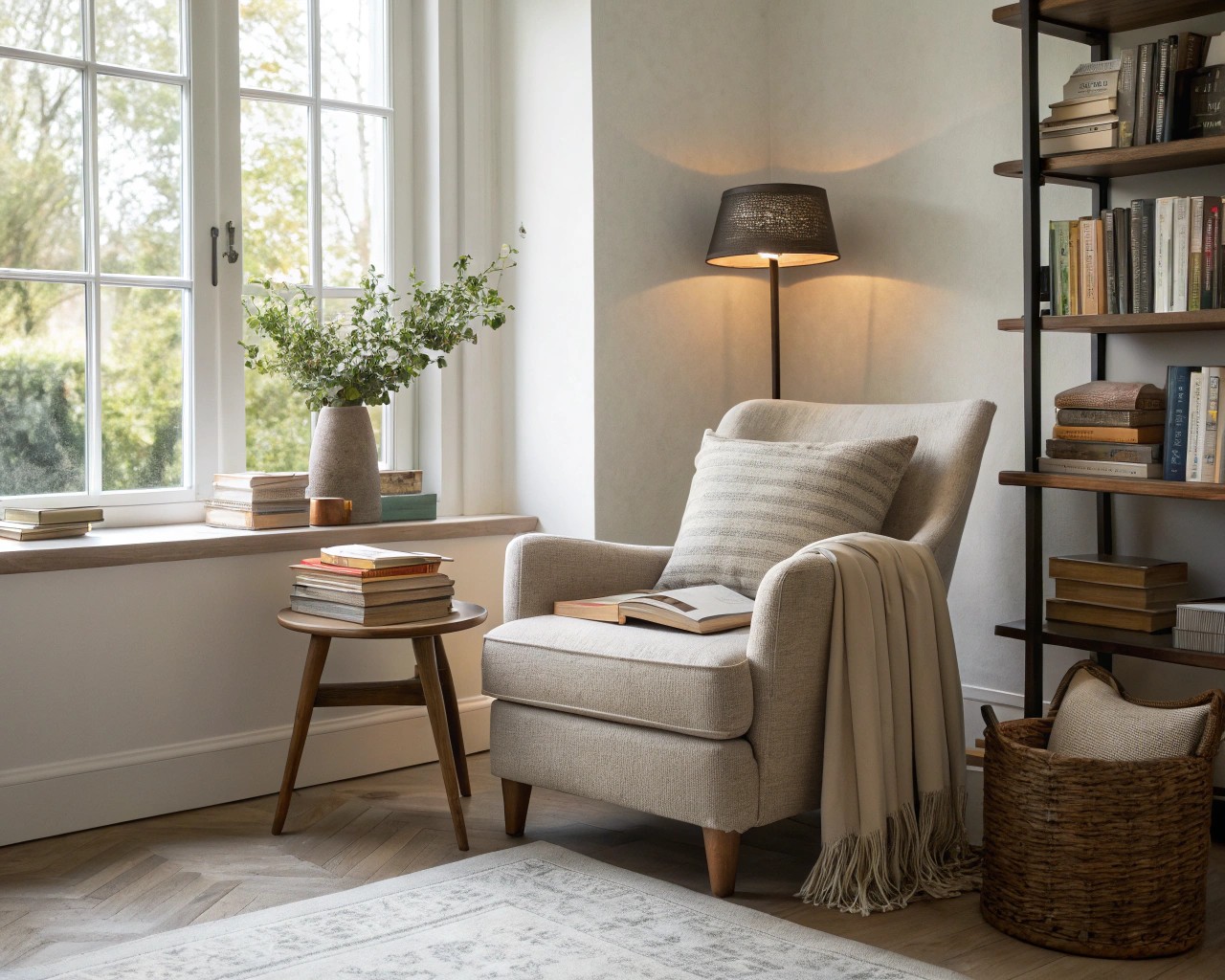
Designate one small zone—perhaps a corner of the living room or a guest bedroom—as your “sanctuary.”
– Add a comfy chair, soft throw, and a potted plant.
– Keep this spot box-free to recharge when unpacking feels overwhelming.
“I find that having a single chair set up with a reading light and a small side table gives me a daily reminder of calm amidst the chaos.”
4. Temporary Garden & Green Touches
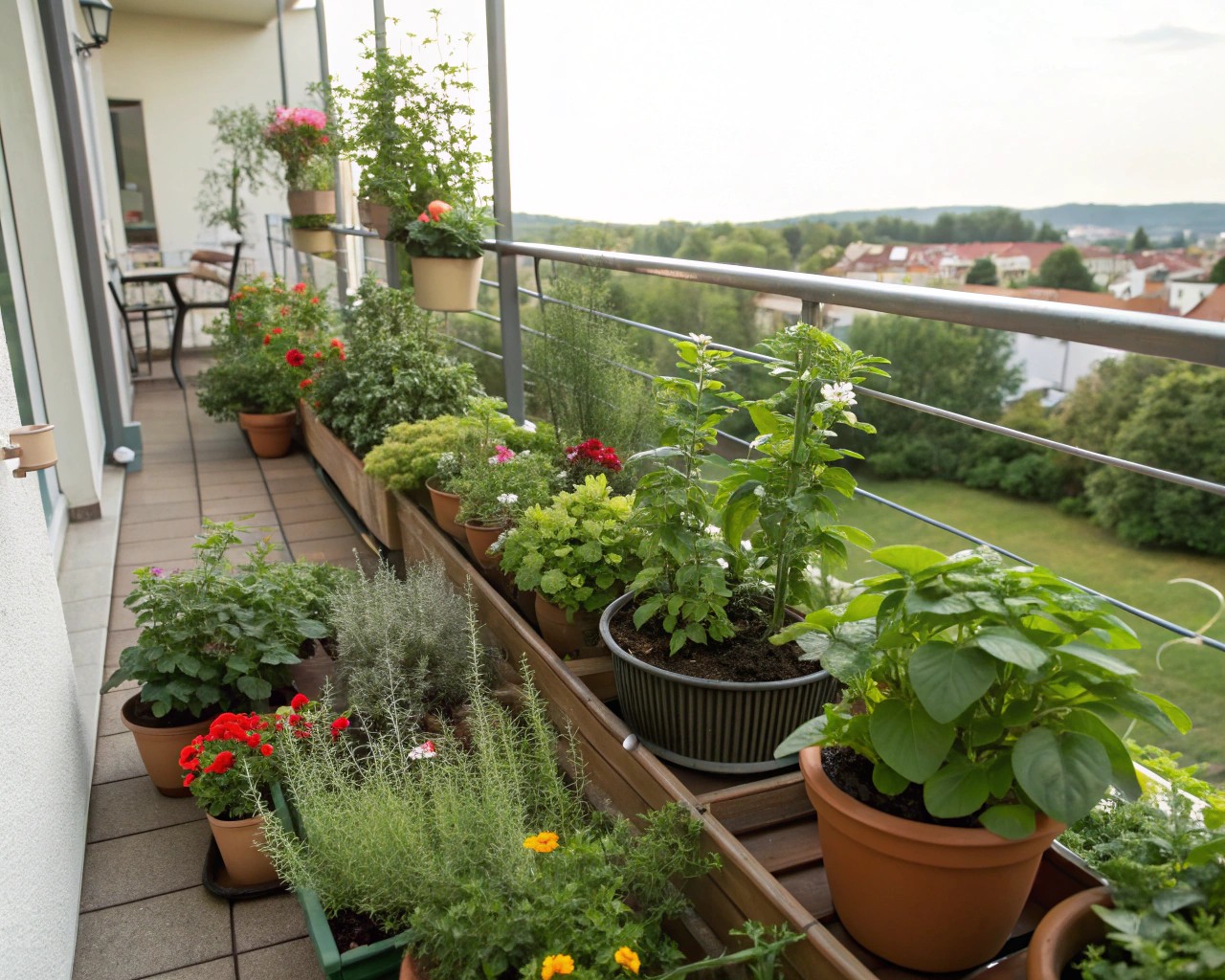
Even if your landscape is bare, you can instantly lift your mood:
- Container Plantings: Fill a few stylish pots with easy-care greenery (ferns, succulents, herbs) while you learn your site’s light and soil conditions.
- Quick-Fix Patio: Lay an outdoor rug, arrange two chairs, and add a small folding table for morning coffee.
- Mobile Planter Bed: Group three to five identical containers on a wheeled tray to test sunny vs. shady spots.
| Idea | Benefit |
|---|---|
| Self-watering pots | Low-maintenance, ideal for first weeks |
| Raised container beds | Defines space and tests soil before permanent landscaping |
| Temporary pergola | Installs quickly; helps visualize permanent structures |
5. Organize as You Go: Built-In & Repurposed Storage
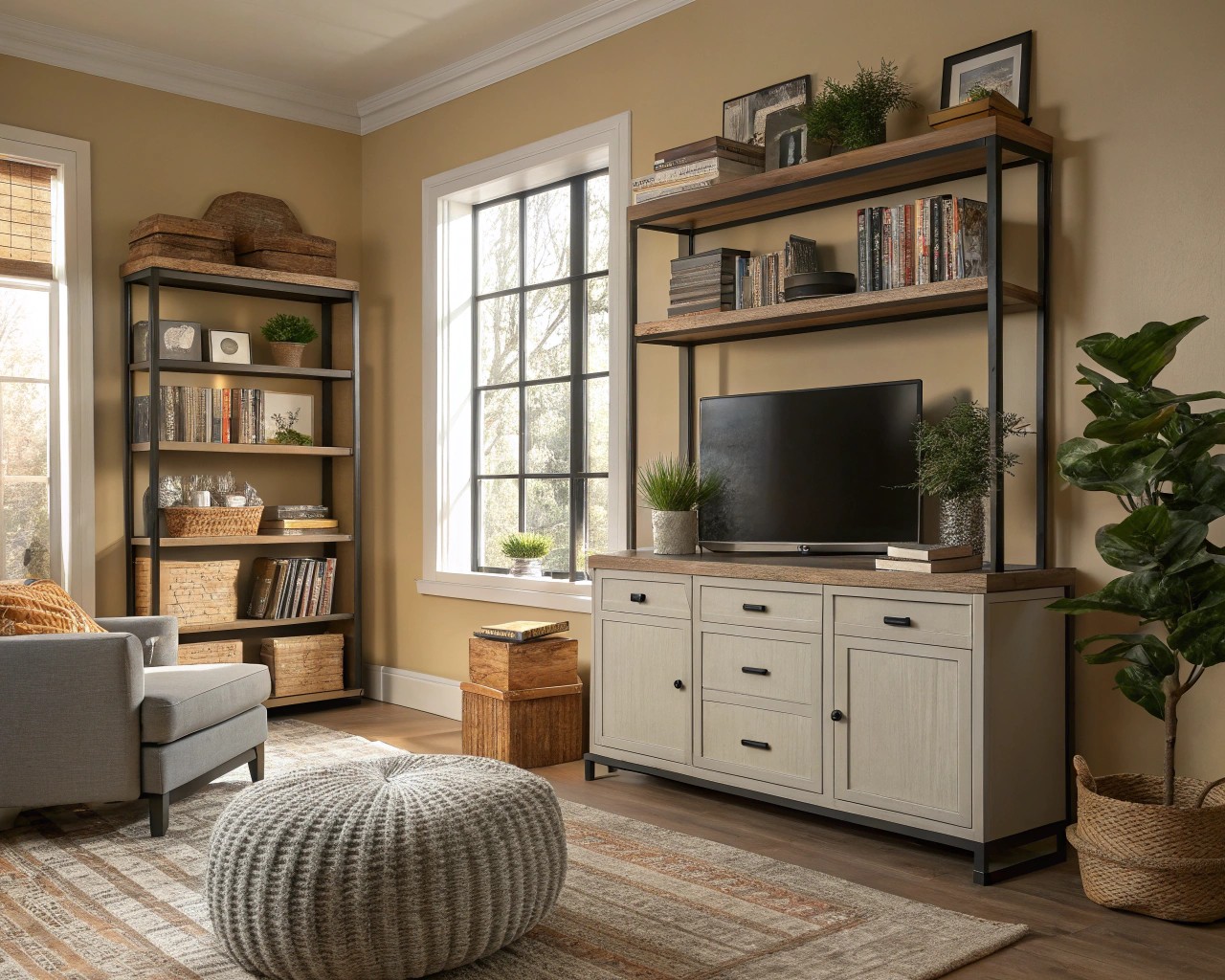
- Maximize vertical space: wall shelves, pegboards, and hanging baskets.
- Furniture with hidden storage: ottomans, beds with drawers, sideboards.
- One-in-one-out rule: as new items enter, remove an old to prevent clutter.
| Storage Solution | When to Use |
|---|---|
| Pegboard wall system | Kitchen utensils or gardening tools |
| Under-bed drawers | Seasonal linens and lesser-used items |
| Corner shelving unit | Display books, décor, and frequently accessed objects |
6. Make It Yours: Gradual Styling & Scientific Precision

Mood & Material
– Use a cohesive palette: neutrals for calm, accent with one bold color.
– Mirror indoor/outdoor materials: e.g., wooden coffee table echoes deck chairs.
Technical Tips
– Measure twice before buying furniture or fittings.
– Position plant containers based on 3–7 days of light testing to gauge full shade/part sun/full sun.
Case Study
A client moved into a new townhome with blank patio turf. We tested sun patterns, then installed self-watering planters of herbs and a gravel path, creating instant curb appeal and a sense of ownership.
7. Long-Term Planning: From Temporary to Permanent
- Live with your space for 4–6 weeks to observe light, traffic flow, and family habits.
- Draft a master layout: combine garden zones (lounge area, herb garden, veggie patch) with interior “activity zones” (reading nook, coffee corner).
- Phase larger projects (built-in cabinetry, patio extension, pergola) into seasons based on budget and weather.
With a clear plan and sequential approach, you’ll transform chaos into comfort. Remember: prioritize essentials, unpack mindfully, and test before committing—whether it’s where to hang a picture or how to design your garden beds. This guide balances immediate action with calibrated experimentation, so your new house quickly becomes a thoughtful, well-loved home.

